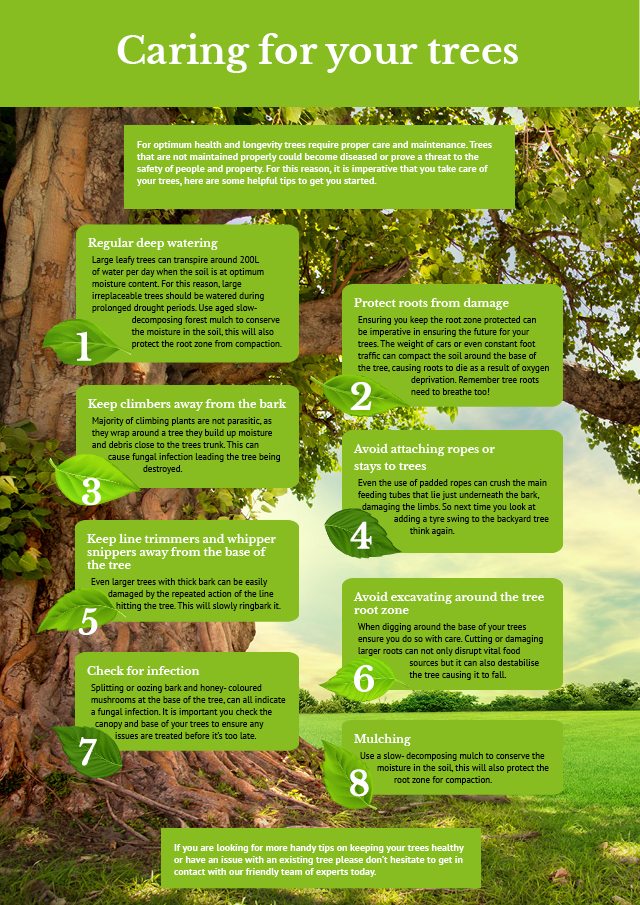Seasonal Tree Treatment: When And How To Prune For Maximum Growth
Seasonal Tree Treatment: When And How To Prune For Maximum Growth
Blog Article
Article Written By-French Conner
When it concerns seasonal tree cutting, timing and technique are critical for your trees' health and wellness and development. You may be shocked at how much a straightforward cut can urge new life. Understanding when to prune inactive trees versus blooming ones can make all the difference. Yet it's not just about when; it's also concerning just how you do it. Let's check out the best techniques to guarantee your trees thrive.
Comprehending the most effective Seasons for Tree Trimming
When's the best time to trim your trees? view it depends on comprehending the seasons. Late winter months to very early springtime is often excellent, as trees are still dormant. This timing minimizes tension and promotes healthier development when they stir up.
Nevertheless, if you're dealing with flowering trees, consider trimming right after their blooms fade. This ensures you will not cut off following year's blossoms.
In summertime, light cutting can help maintain shape and remove any dead or unhealthy branches. Avoid hefty pruning throughout autumn, as trees are planning for dormancy and might have a hard time to recover.
Inevitably, recognizing your tree species and local climate will certainly lead your trimming timetable. Choose wisely, and your trees will flourish perfectly year-round.
Important Trimming Methods for Healthy And Balanced Trees
Pruning your trees efficiently is important for their health and wellness and long life. Beginning by utilizing tidy, sharp devices to make accurate cuts, which aids prevent damage and disease.
How To Prune A Ficus Tree on removing dead, harmed, or going across branches initially; this motivates better air flow and sunshine infiltration. When reducing, simply click the up coming website for an angle that advertises healing and minimizes the threat of rot. Always prune simply outside the branch collar, the swollen location where the branch satisfies the trunk, to boost healing.
For young trees, shape them by selectively trimming to establish a strong structure. Finally, stay clear of over-pruning; getting rid of excessive vegetation can stress your tree.
Common Mistakes to Avoid When Trimming
Many property owners make vital mistakes while trimming their trees, which can result in long-term damages.
One typical error is over-pruning, where you eliminate a lot of branches at once. This can emphasize the tree and hinder its development.
Another mistake is making use of boring tools; sharp, tidy tools make cleaner cuts that heal much faster.
Don't forget to trim at the incorrect time of year; wintertime is frequently best for many varieties, while summer is suitable for others.
Likewise, prevent reducing branches as well close to the trunk or leaving stubs, as both can invite pests and conditions.
Finally, stopping working to step back and examine the tree's total form can result in irregular development.
Keep these blunders in mind for healthier, flourishing trees!
Final thought
In conclusion, seasonal tree cutting is important for your trees' health and wellness and growth. By pruning at the correct times-- late wintertime for inactive trees and right after blossoms for flowering ranges-- you'll urge vivid foliage and blooms. Remember to make use of clean, sharp devices and follow proper methods to avoid damages. Stay clear of heavy trimming in the fall and remain clear of usual mistakes. With these tips in mind, you'll maintain your trees thriving all year round!
